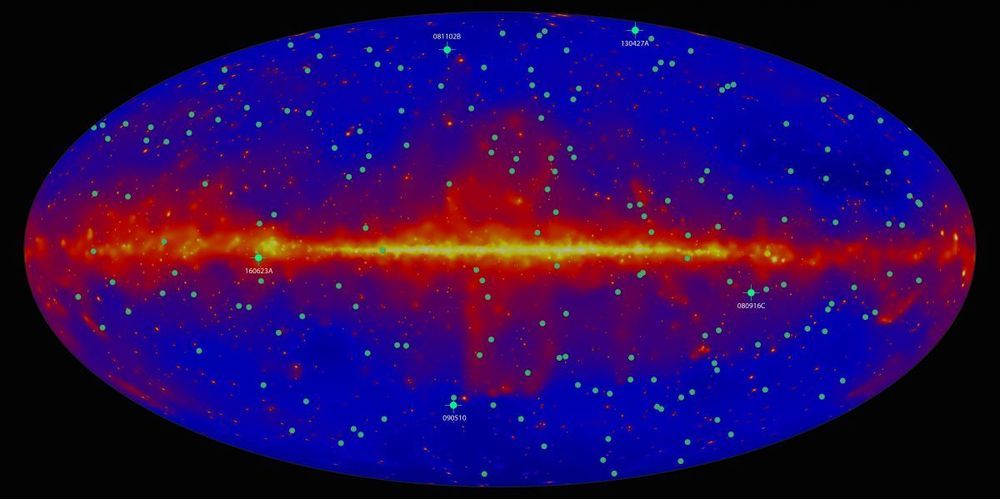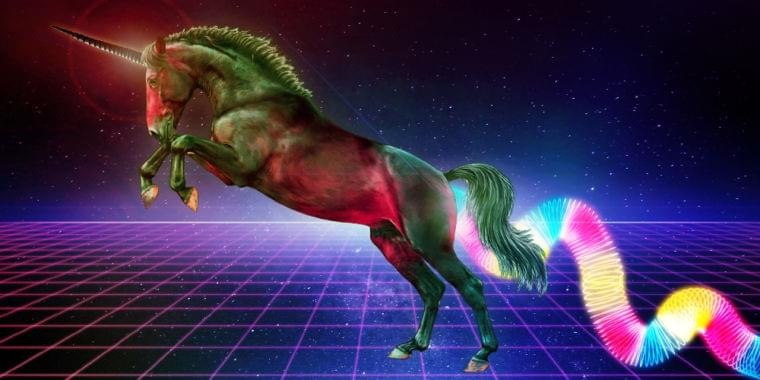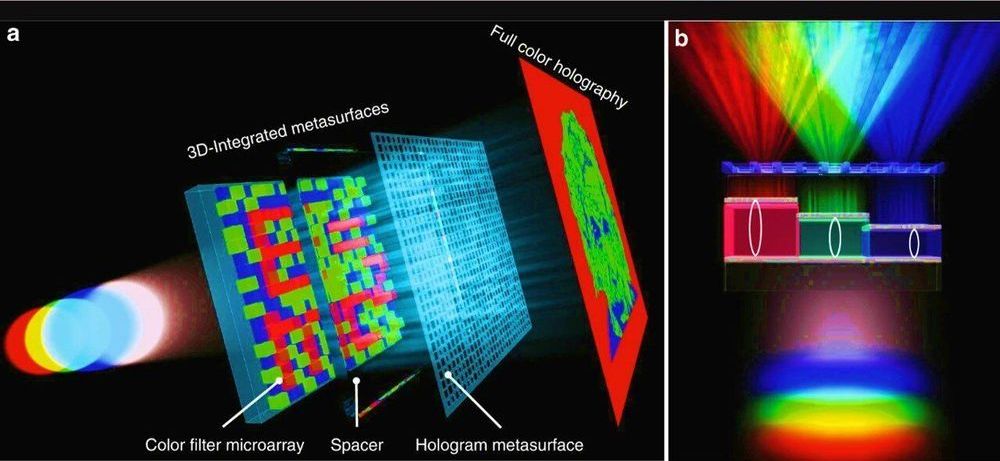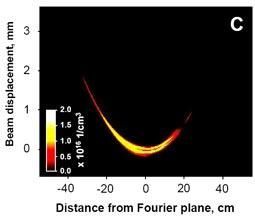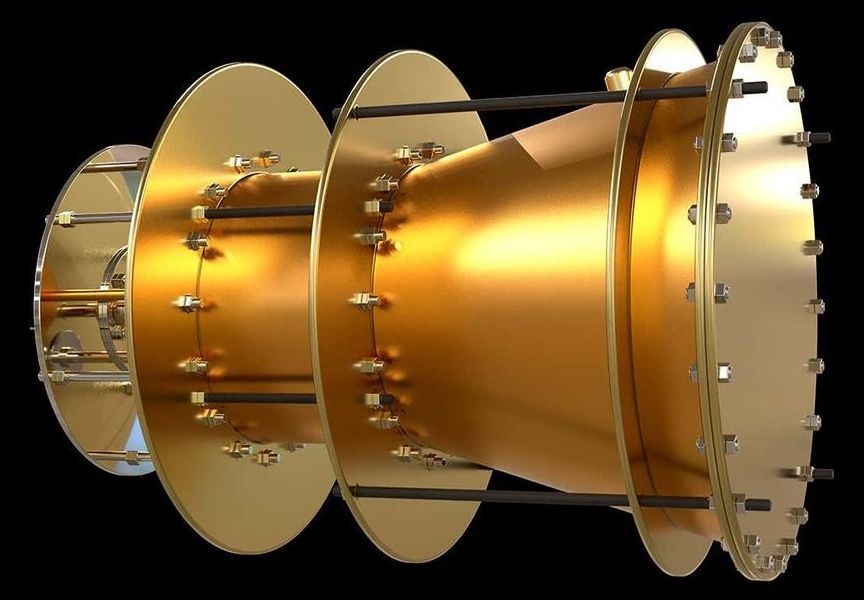Archive for the ‘physics’ category: Page 234
Oct 15, 2019
Near-infinite specific thrust from drive that ignores physics
Posted by Quinn Sena in category: physics
Oct 14, 2019
Former NASA Scientist Demonstrates Why Star Trek’s Warp Speeds Are Painfully Slow
Posted by Quinn Sena in categories: alien life, physics
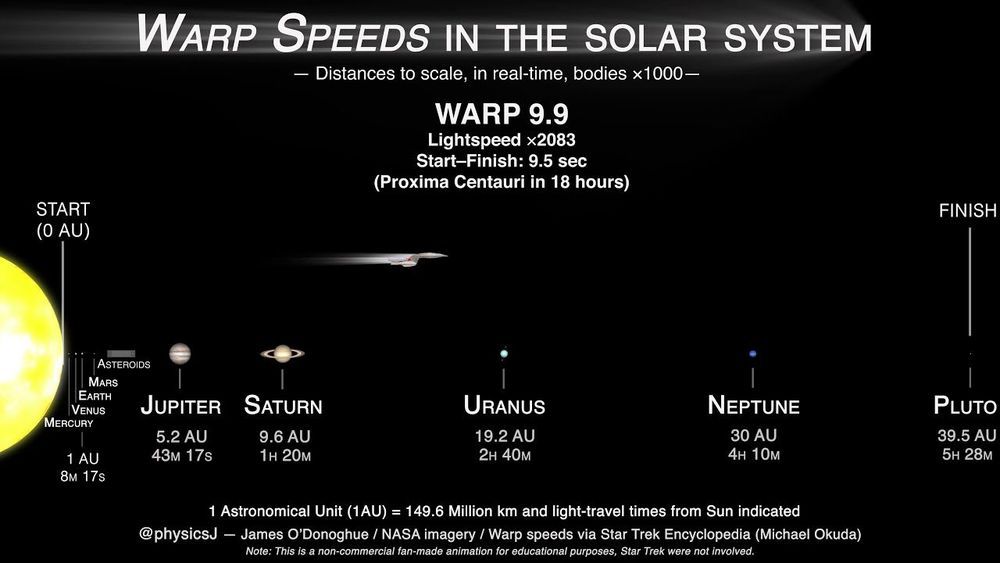
In the sci-fi universe of “Star Trek”, spaceships with warp drives can zoom past the normally impenetrable limit of light speed, or about 186,282 miles per second (299,792 kilometers per second) in a vacuum.
This trouncing of theoretical physics makes reaching alien-rich planets across the galaxy seem like just a convenient TV-commercial-break-length trip away.
Oct 14, 2019
3D integrated metasurfaces stacking up for impressive holography
Posted by Quinn Sena in categories: computing, encryption, engineering, holograms, nanotechnology, physics, security, transportation
Physicists and materials scientists have developed a compact optical device containing vertically stacked metasurfaces that can generate microscopic text and full-color holograms for encrypted data storage and color displays. Yueqiang Hu and a research team in Advanced Design and Manufacturing for Vehicle Body in the College of Mechanical and Vehicle Engineering in China implemented a 3D integrated metasurface device to facilitate miniaturization of the optical device. Using metasurfaces with ultrathin and compact characteristics, the research team designed optical elements by engineering the wavefront of light at the subwavelength scale. The metasurfaces possessed great potential to integrate multiple functions into the miniaturized optoelectronic systems. The work is now published on Light: Science & Applications.
Since existing research on multiplexing in the 2-D plane remains to fully incorporate capabilities of metasurfaces for multi-tasking, in the present work, the team demonstrated a 3D integrated metasurface device. For this, they stacked a hologram metasurface on a monolithic Fabry-Pérot (FP) cavity-based color filter microarray to achieve simultaneous cross-talk, polarization-independent and highly efficient full-color holography and microprint functions. The dual function of the device outlined a new scheme for data recording, security, encryption color displays and information processing applications. The work on 3D integration can be extended to establish flat multi-tasking optical systems that include a variety of functional metasurface layers.
Metasurfaces open a new direction in optoelectronics, allowing researchers to design optical elements by shaping the wavefront of electromagnetic waves relative to size, shape and arrangement of structures at the subwavelength. Physicists have engineered a variety of metasurface-based devices including lenses, polarization converters, holograms and orbital angular momentum generators (OAM). They have demonstrated the performance of metasurface-based devices to even surpass conventional refractive elements to construct compact optical devices with multiple functions. Such devices are, however, withheld by shortcomings due to a reduced efficiency of plasmonic nanostructures, polarization requirements, large crosstalk and complexity of the readout for multiwavelength and broadband optical devices. Research teams can therefore stack 3D metasurface-based devices with different functions in the vertical direction to combine the advantages of each device.
Oct 13, 2019
NASA engineer invents physics-breaking new space engine
Posted by Quinn Sena in categories: energy, physics, space
Star Trek’s Montgomery Scott famously said “ye cannot change the laws of physics”, but a real-life space engineer says he might have just done that.
David Burns of NASA’s Marshall Space Flight Center in Alabama has unveiled what he’s calling the ‘helical engine’, which could potentially power flights across space without using any fuel at all.
There’s just one small problem — it breaks the laws of physics as we know them.
Oct 13, 2019
Bendy laser beams fired through the air
Posted by Quinn Sena in categories: climatology, physics
2009
The Norse thunder god Thor deflected lightning with his hammer. Physicists could soon replicate this feat using curved laser beams.
Bending lightning around tall buildings and away from airports, power plants and other facilities is just one application for curved laser beams, says Jerome Moloney at the University of Arizona, Tuscon. He and his colleagues have now made the first such beams1. “The real novelty is that we can curve light in the lab,” he says.
Continue reading “Bendy laser beams fired through the air” »
Scientists discover the inner workings of an effect that will lead to a new generation of devices.
Oct 13, 2019
Internet loves Astrophysicist’s expression after finding out about his Nobel Prize
Posted by Genevieve Klien in categories: internet, physics, space
The Nobel Prize for physics was announced on October 8 where Mayor jointly shared half of the prize with Didier Quelzo while the other half was awarded to James Peebles. Both Mayor and Didier jointly discovered a planet outside our solar system, an exoplanet, orbiting a solar-type star.
Oct 11, 2019
NASA engineer’s ‘helical engine’ may violate the laws of physics
Posted by Tracy R. Atkins in categories: energy, physics
“It would also need to be big – some 200 metres long and 12 metres in diameter – and powerful, requiring 165 megawatts of power to generate just 1 newton of thrust, which is about the same force you use to type on a keyboard. For that reason, the engine would only be able to reach meaningful speeds in the frictionless environment of space. “The engine itself would be able to get to 99 per cent the speed of light if you had enough time and power,” says Burns.”
A NASA engineer has published plans for an engine that could accelerate a rocket without using propellant. But there are questions over whether it could work.
Oct 11, 2019
Mini Gravitational-Wave Detector Could Probe Dark Matter
Posted by Genevieve Klien in categories: cosmology, physics
A miniature gravitational wave detector under development would measure higher-frequency waves than LIGO.
